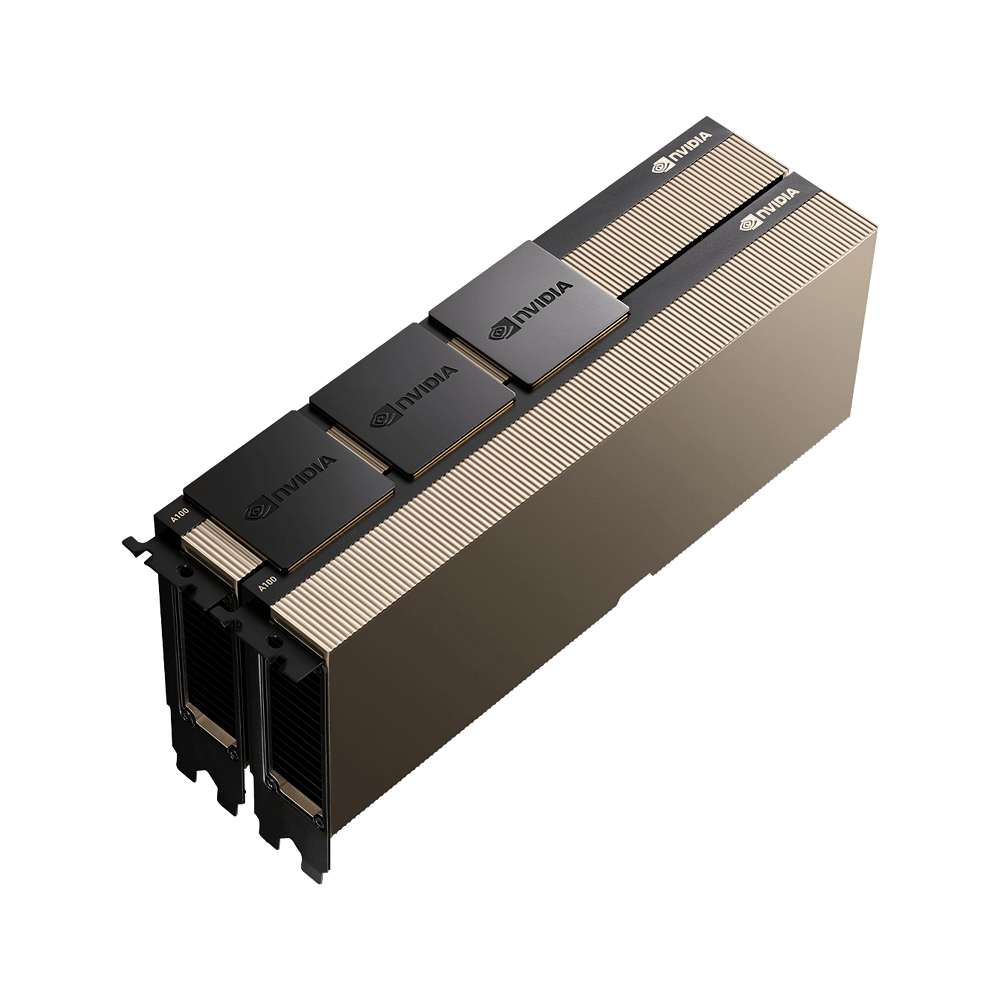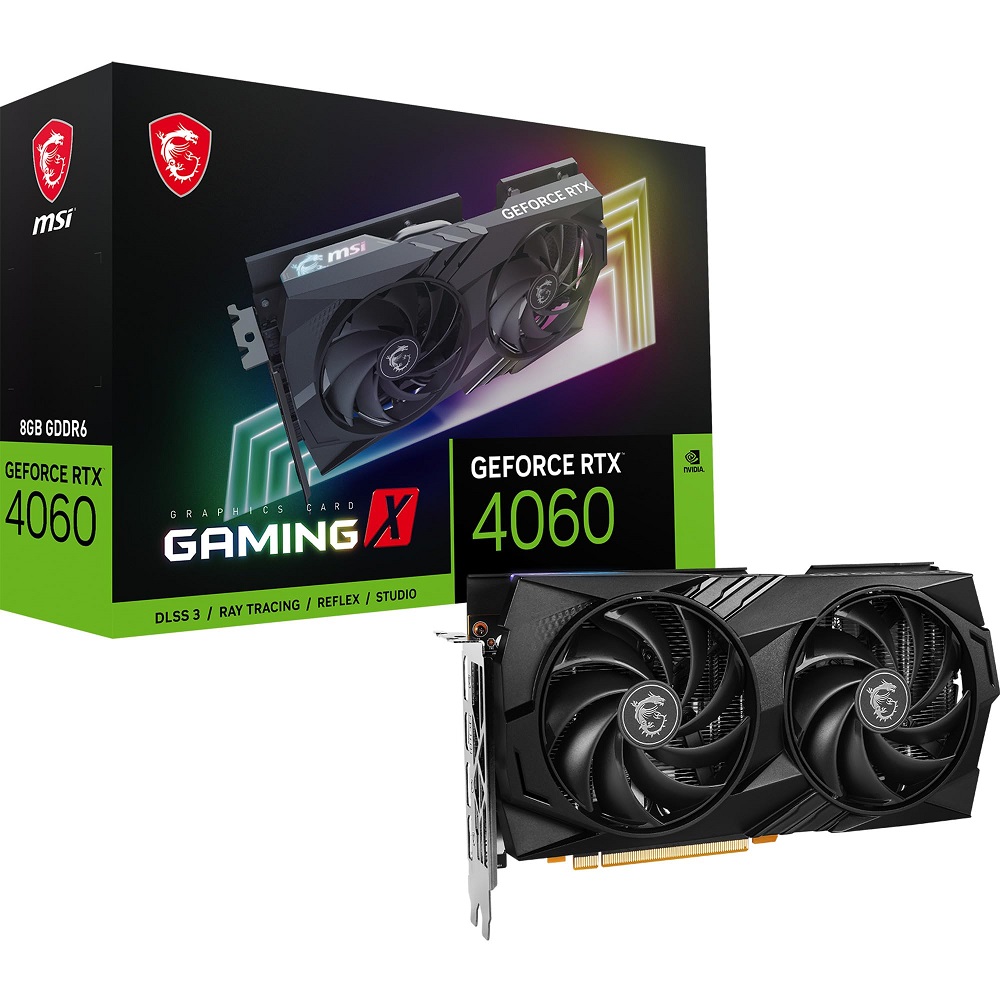Essential Tools and Materials Needed for Graphics Card Replacement
When embarking on the task of replace a graphics card, it’s crucial to have the right tools and materials at hand. This ensures a smooth and safe upgrade process. Here are the essentials you’ll need for a successful graphics card replacement.
Recommended Anti-Static Equipment
Working with delicate electronic components such as a graphics card requires caution. Static electricity can damage the intricate circuits within. To protect your hardware, here’s what you should use:
- Anti-static wrist strap: Wear it to ground yourself and prevent static build-up.
- Anti-static mat: Place your computer components on it to minimize the risk of electrostatic discharge.
Make sure to connect the strap to a grounded metal object, and use the mat on a non-conductive surface.
Precision Screwdrivers and Other Tools
Apart from anti-static equipment, you’ll need a set of precision tools:
- Precision screwdriver set: Choose one with various sizes to fit the screws on your PC case and graphics card.
- Needle-nose pliers: Helpful for gripping small parts.
- Compressed air can: Use this to clean out dust from the PC case and old graphics card slot.
Gather these tools before starting your graphics card replacement to avoid any interruptions.

Preparing Your Computer for the Upgrade
Before diving into the graphics card replacement, proper preparation of your computer is paramount. This step is crucial to ensure a safe and efficient upgrade process. Here’s how you can prepare your system for a graphics chip upgrade.
Safely Shutting Down and Opening the PC Case
Start by shutting down your computer. Turn it off completely and unplug the power cord. After ensuring it’s off, you’ll need to open the PC case. Usually, this involves removing screws at the back of the case. Some models may have a latch that simply slides or pulls open. Handle the case gently to avoid any damage.
Cleaning and Clearing the Work Area
Once the PC case is open, take the opportunity to clean the inside. Use a can of compressed air to blow out dust from the interior. Ensure the work area is clear and spacious. Having a clean, uncluttered space helps you manage components better and keeps sensitive parts safe. Remove any beverages or food from the area to avoid spills, which could damage electronic parts.
Identifying Your Current Graphics Card and Compatibility
Identifying your current graphics card is pivotal before upgrading to a new one. Knowing the exact model helps gauge compatibility. Let’s delve into the steps you’ll need.
How to Determine Your Existing Graphics Card Model
To identify your current graphics card, follow these simple steps:
- Use Device Manager: On a Windows PC, right-click on ‘This PC’ and select ‘Properties’. Then, click on ‘Device Manager’ and expand the ‘Display adapters’ section. This will show your graphics card details.
- Check System Information: Another method is to use system information tools. Search ‘System Information’ in the start menu and navigate to ‘Components’ then ‘Display’. Your graphics card model will be listed there.
- Third-party Software: You can also use software like GPU-Z or Speccy to get detailed information about your graphics card model and other specifications.
Checking Compatibility with New Graphics Card
Once you know your current graphics card model, the next step is to check compatibility with the new one:
- Check Physical Size: Ensure the new graphics card fits in your PC case. Measure the available space if necessary.
- Power Requirements: Verify that your power supply can handle the new graphics card’s power requirements.
- Motherboard Compatibility: Check if your motherboard has the right slot (typically PCIe) for the new graphics card. Be sure it supports the graphics card’s interface version.
- System Requirements: Ensure your system meets other requirements like CPU and RAM, as recommended by the new graphics card’s manufacturer.
These steps help ensure that the new graphics card will work effectively with your existing system, paving the way for a successful upgrade.

Removing the Old Graphics Card
Once you have your computer ready and have confirmed your new graphics card is compatible, it’s time to remove the old one. This is a delicate task, but if done carefully, it’s quite straightforward.
Steps to Safely Disconnect and Remove the Existing Card
- Power off your computer and disconnect all cables. Ensure the power switch is off.
- Open the PC case following the instructions provided in the preparation steps.
- Locate the graphics card. It’s usually in the PCIe slot, secured with screws or a latch.
- Remove any cables connected to your graphics card. This may include power connectors or display cables.
- Unscrew the card from the case. Use the precision screwdriver to gently remove the screws.
- Release the card from its slot. Press down on the PCIe slot latch (if applicable) and carefully lift the card out of the slot.
- Handle the card by the edges. Avoid touching the components and circuitry.
Handling and Storing Old Hardware
After you’ve removed the old graphics card, it’s essential to handle and store it properly, especially if you plan to sell it, donate it, or use it in the future.
- Place the card on an anti-static mat or in an anti-static bag to prevent damage.
- Store the card in a cool, dry place away from direct sunlight or dust.
- Label the card with its make and model, so it’s easily identifiable later.
By following these steps, you not only ensure a safe removal of your old graphics card but also take care of it for future use. Next, we’ll move on to installing the new graphics card in your system.
Installing the New Graphics Card
Now that you’ve safely removed the old graphics card, it’s time to install the new one. This process is critical and requires precision to ensure the upgrade enhances your computer’s performance and functionality.
Aligning and Securing the New Graphics Card
- Check Orientation: First, verify the orientation of the new graphics card. Align it with the PCIe slot on your motherboard.
- Carefully Insert the Card: Gently lower the graphics card into the slot. Make sure it’s properly aligned before inserting.
- Secure the Card: Once in place, use screws to secure the card to the case. This prevents movement and potential damage.
Connecting Necessary Power Cables
- Identify Power Connectors: Look at your new graphics card to find its power connectors. They might be 6-pin or 8-pin.
- Connect Power Cables: Attach the power cables from your power supply to these connectors. Ensure they are firmly connected.
- Organize Cables: Arrange the cables neatly to prevent any airflow blockages inside the case.
By following these steps, you ensure that your new graphics card is properly installed and secured in your system, ready for initialization and testing.

Initializing and Testing the New Graphics Card
After installing your new graphics card, the next crucial steps involve initial setup and testing. This ensures that the graphics card operates correctly and integrates smoothly with your system.
Installing Drivers and Software
Once the new graphics card is securely in place, installing the correct drivers is essential. Follow these steps:
- Visit the Manufacturer’s Website: Locate the latest drivers for your graphics card model.
- Download the Appropriate Drivers: Ensure the drivers are compatible with your operating system.
- Install the Drivers: Run the installation file and follow the prompts to complete the setup.
- Restart Your Computer: This will help the changes to take effect and the new drivers to initialize properly.
By carefully following these steps, you set a strong foundation for your graphics card to perform well.
Running Initial Tests to Ensure Functionality
After installing the drivers, testing the graphics card is crucial to confirm it functions as expected. Here’s how to proceed:
- Use Benchmarking Software: Tools like 3DMark or FurMark can test graphical performance.
- Monitor Performance While Gaming: Play a resource-intensive game to see how the graphics card holds up.
- Check for Stability Issues: Ensure there are no crashes or graphical glitches.
- Inspect Temperature and Speed: Use software like MSI Afterburner to monitor the graphics card’s temperature and fan speed.
These tests help verify that your new graphics card not only fits your PC but enhances its performance, making it a worthy upgrade.
Troubleshooting Common Issues During Installation
Installing a new graphics card can sometimes lead to issues that require troubleshooting. This section will guide you through resolving some of the more common installation problems.
Resolving Driver Conflicts
Driver conflicts are common when installing a new graphics card. Here are steps to resolve them:
- Uninstall Old Drivers: Start by removing any existing graphics drivers. This reduces conflict risk.
- Use Safe Mode: Boot in Safe Mode to prevent unnecessary programs from interfering with the installation.
- Update Drivers: Always download the latest drivers from the manufacturer’s website.
- Use Automatic Driver Update Tools: Consider tools that automatically find and install the correct driver version.
By following these steps, you can minimize issues related to driver conflicts when you replace your graphics card.
Dealing with Power Supply Issues
Adequate power supply is crucial for graphics card operation. Here’s how to address power-related issues:
- Check Power Requirements: Ensure your power supply meets the new graphics card’s requirements. Verify this against the card’s specifications.
- Inspect Connectors: Make sure all power connectors are secure. Loose connections can cause failure.
- Consider an Upgrade: If your current power supply is insufficient, you may need to upgrade to a higher wattage unit.
- Monitor Power Efficiency: Use tools to monitor your system’s power usage while the graphics card is active.
Handling these power supply issues effectively ensures your new graphics card functions optimally and remains stable.
